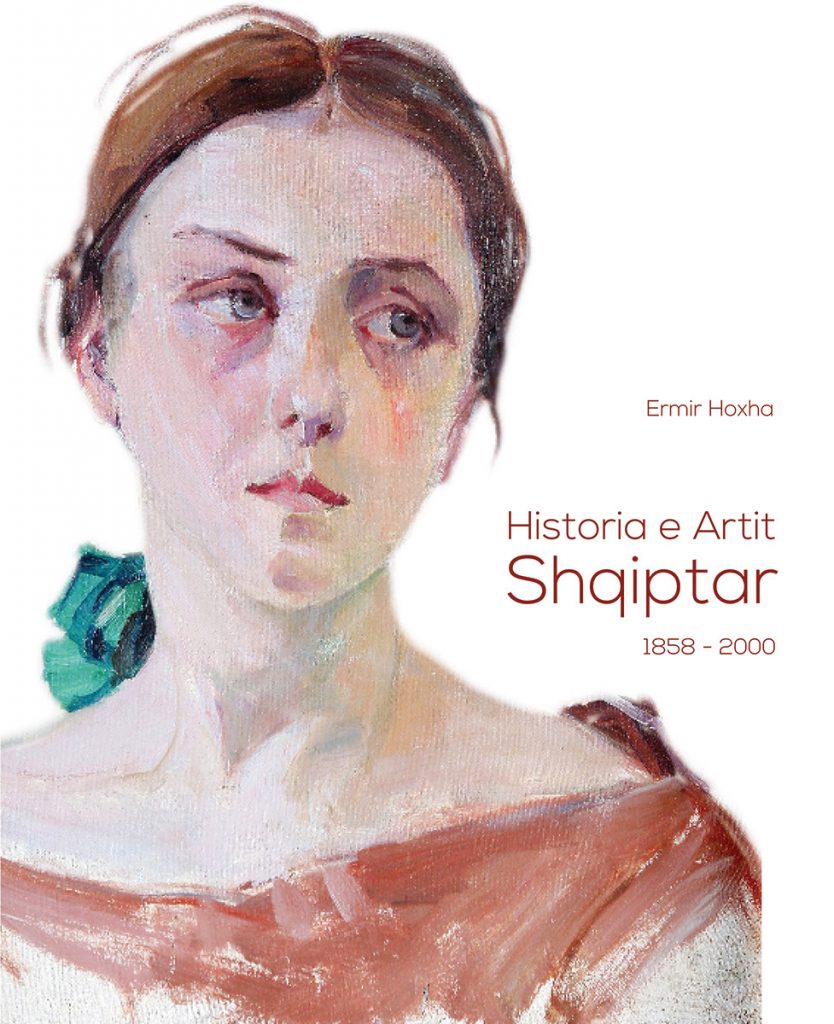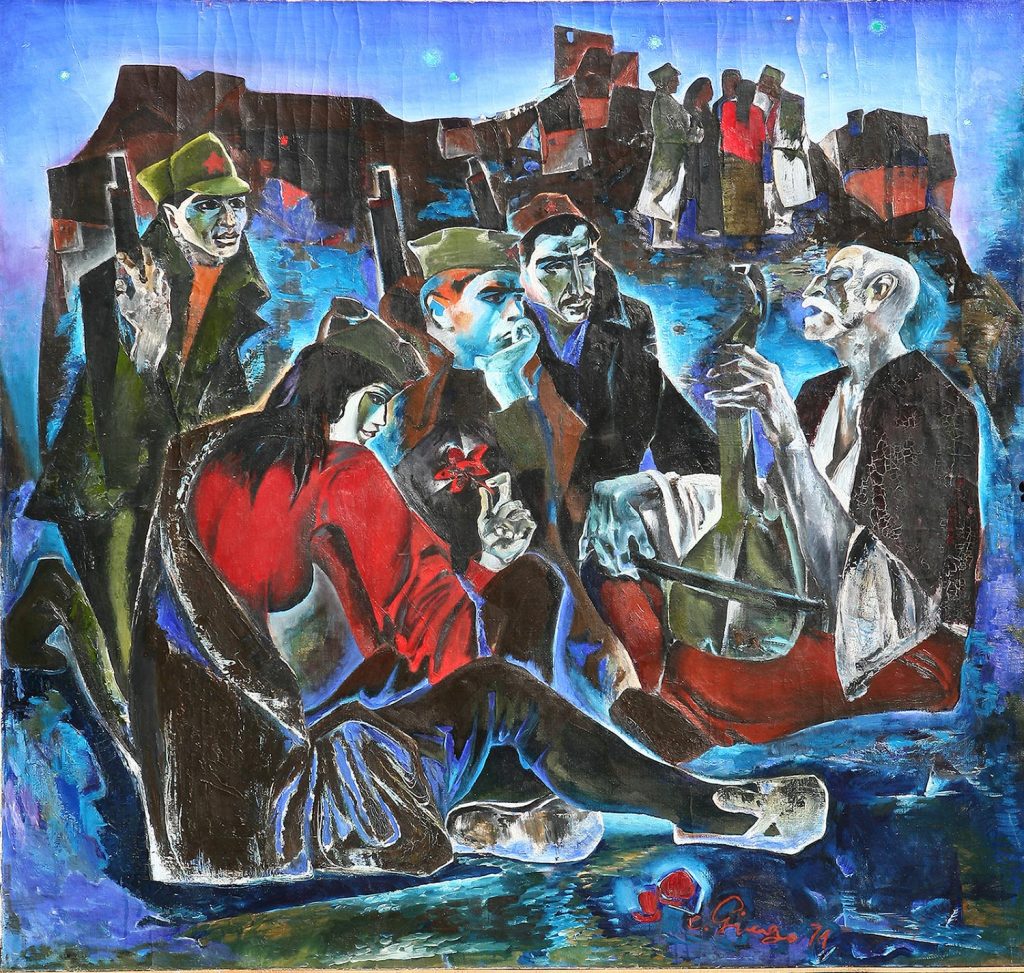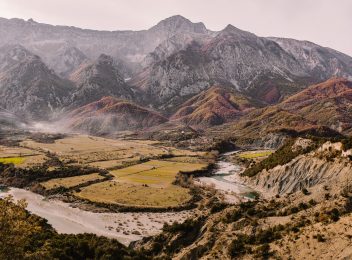Only a few days ago, perhaps one of the most important Albanian publications of the last year came out! This much-needed book on Albanian art, entitled “The History of Albanian Art, 1858-2000,” will undoubtedly enrich local and international appreciation for Albanian arts and culture. Read our short Q&A with the author Ermir Hoxha, below.
1. How long has the making of this book taken?
The completion of this research has turned out to be my longest endeavor, which I began approximately 10 years ago. The selection of the period and the project itself came about as a result of my own confusion regarding Albanian contemporary art, which represented my primary subject of interest back when I returned from studying abroad. In order to understand how Albanian art in the 90s had taken its shape, I first had to understand what had come before, a research that pulled me into a vortex of understanding which stretched all the way back to the 19th century. Fortunately, during this time, I have come across some related research on the same period such as “Albanian Architecture of the 20th Century” and “Study on the Albanian Socialist Realism Phenomenon.”
2. Is this book solely aimed at art students and scholars or is it also appropriate for the average reader?
The book’s main audience is undoubtedly art students. Having said that, it is, of course, a classic art history text which meets the expectations of any scholar, art lover, or reader who is interested in art and history. It is divided into five sections, each briefly introducing the reader to the history of each period, its economic, political and cultural conditions, followed by an analysis of the art mediums (painting, sculpture, photography, and applied arts, which surfaced during the latter half of the 20th century), divided into their respective sections.
3. What has been the greatest challenge in the preparation of this publication?
The primary challenges are professional. First and foremost, dividing history into historical periods so as to facilitate the understanding of the phenomenon, followed by maintaining an objective stance toward the material, which becomes difficult when you realize most of these mediums, historical periods or artists are being given a context for the very first time. As such, the challenges are multidimensional. They are, then, followed by the more technical tasks such as securing intellectual property rights, the collection of high-quality images, the research for a functional design and, last but not least, the budget and print.

The cover of the book. Photo by IntoAlbania.
4. Why have you specifically chosen the year 1858 as the beginning of Albanian art and why does the journey conclude in 2000?
The study opens with the first period in 1858, at a time when Albania is still under Ottoman rule and only religious art exists. It was in this particular year that photography offers the first realist image, opening thus the curtain to a new reality for Albanian art. The pioneer is Pjetër Marubi, followed by Kol Idromeno, who is one of the founding fathers of Albanian realist painting. It concludes in 2000 because, in my opinion, at the closure of the 20th century, Albanian art became increasingly open to the global system of contemporary art, which moves any approaches to it into a more universal sphere.

“Epika e yjeve të mëngjesit” (The epic of the morning stars), by Edison Gjergo. Photo source: Ermir Hoxha.
5. Do you think that this may be the most significant publication of your career?
I am not sure…I hope not. Of course, it is the most important at this moment of my career, which will be certainly followed by new research on the same subject, covering new periods in history. This will not keep me from studying other subjects that are integral to Albanian art history, including here similar artists, mediums, or phenomena. My next project is “The History of Albanian Photography, 1858-2000” which clearly tackles the same time period.
Ermir Hoxha was born in Tirana in 1979. He graduated from the Academy of Arts, (Painting, 2003), the University of Bologna (History of Contemporary Art, 2007) and the University of Tirana (Geography, 2008). He received the title of Doctor of Historical Sciences in 2015 with the dissertation entitled “Art in Albania 1945-1990”, with Prof. Dr. Ferid Hudhrin, Department of Archeology and Cultural Heritage, Faculty of Philology History, UT as his dissertation advisor. Currently he works as Lecturer in Albanian Art History at the Faculty of Fine Arts, University of Arts, Tirana. (Biography taken from the publication on the History of Albanian Art, 1858-2000)





